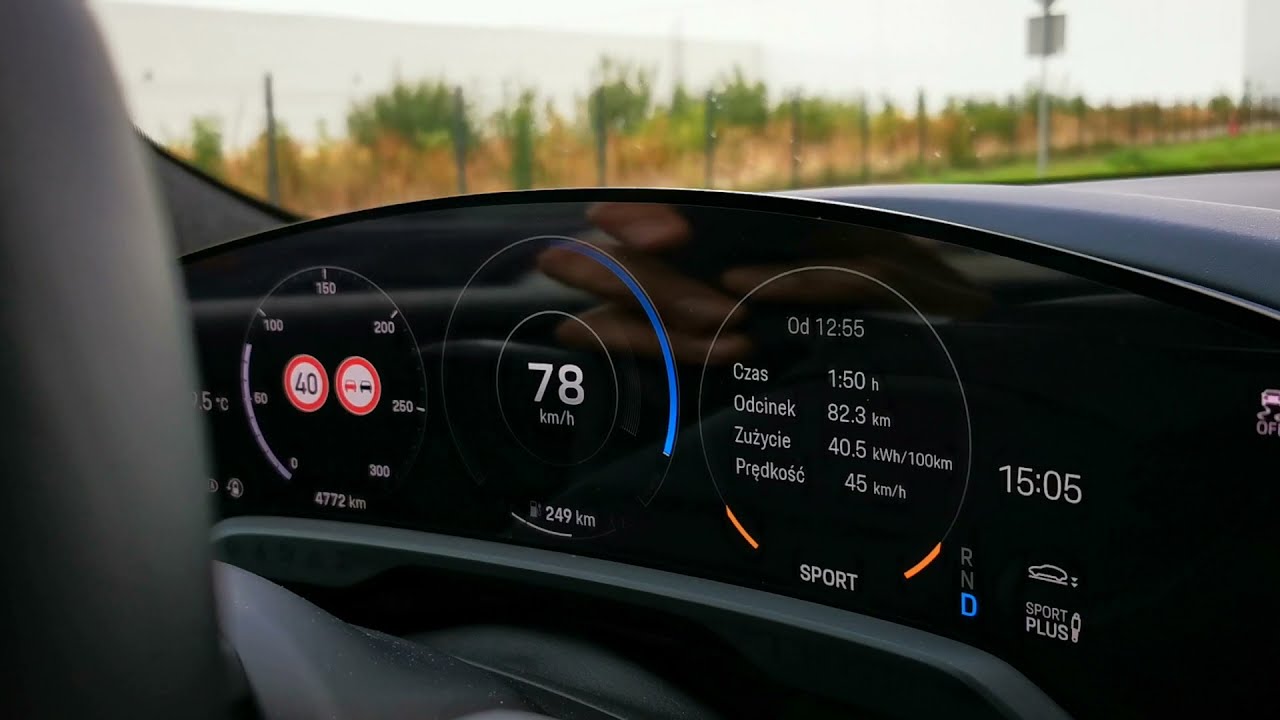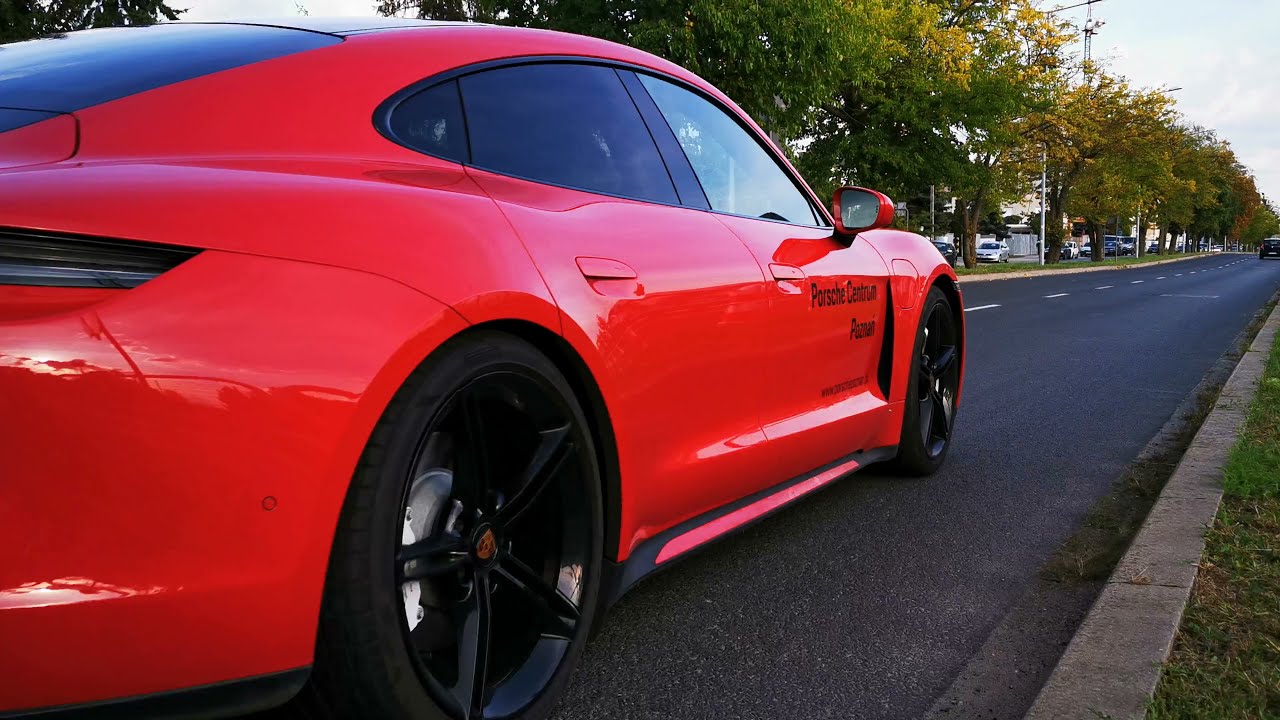Review: Porsche Taycan Turbo
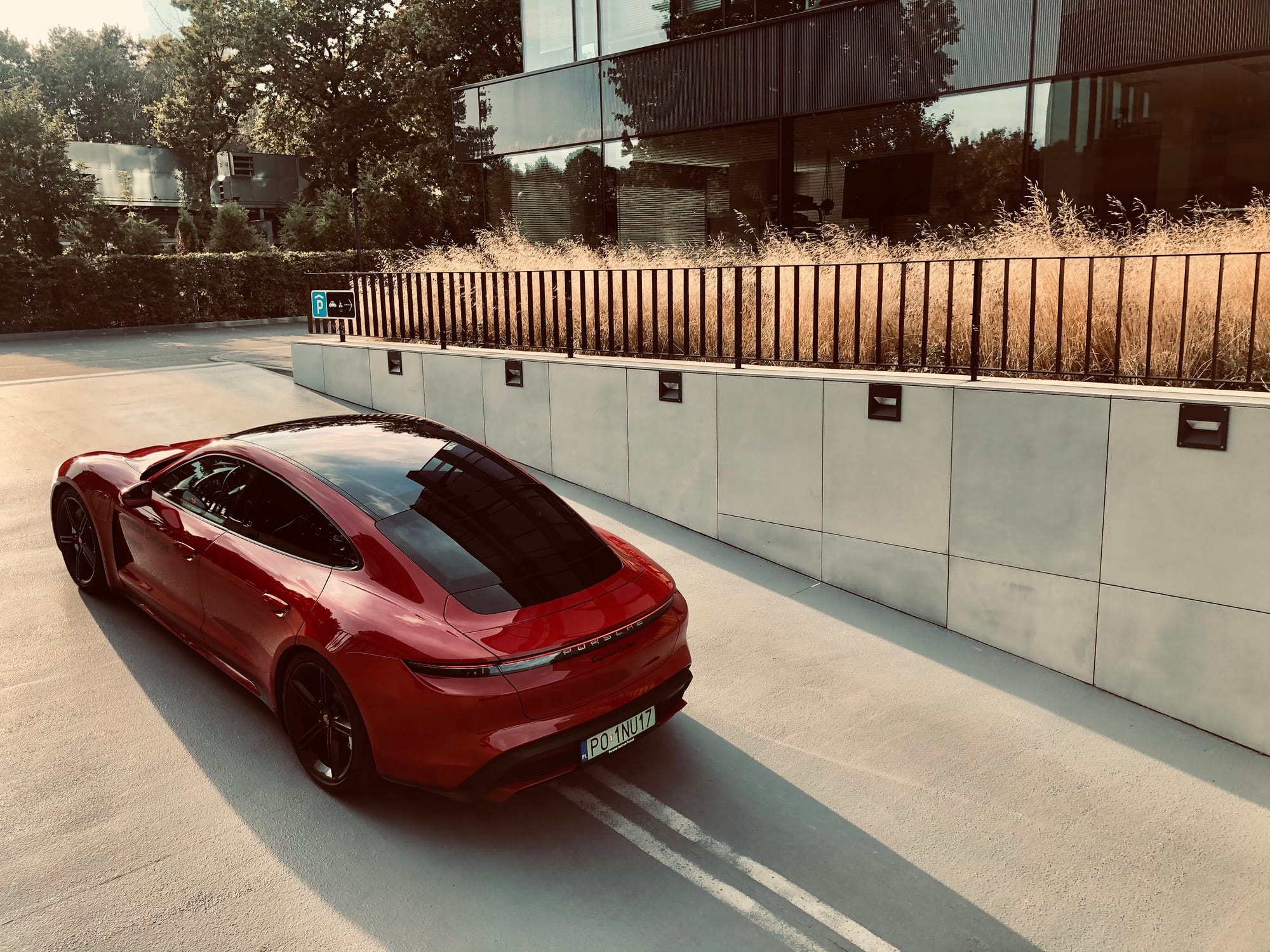
Porsche Taycan Turbo
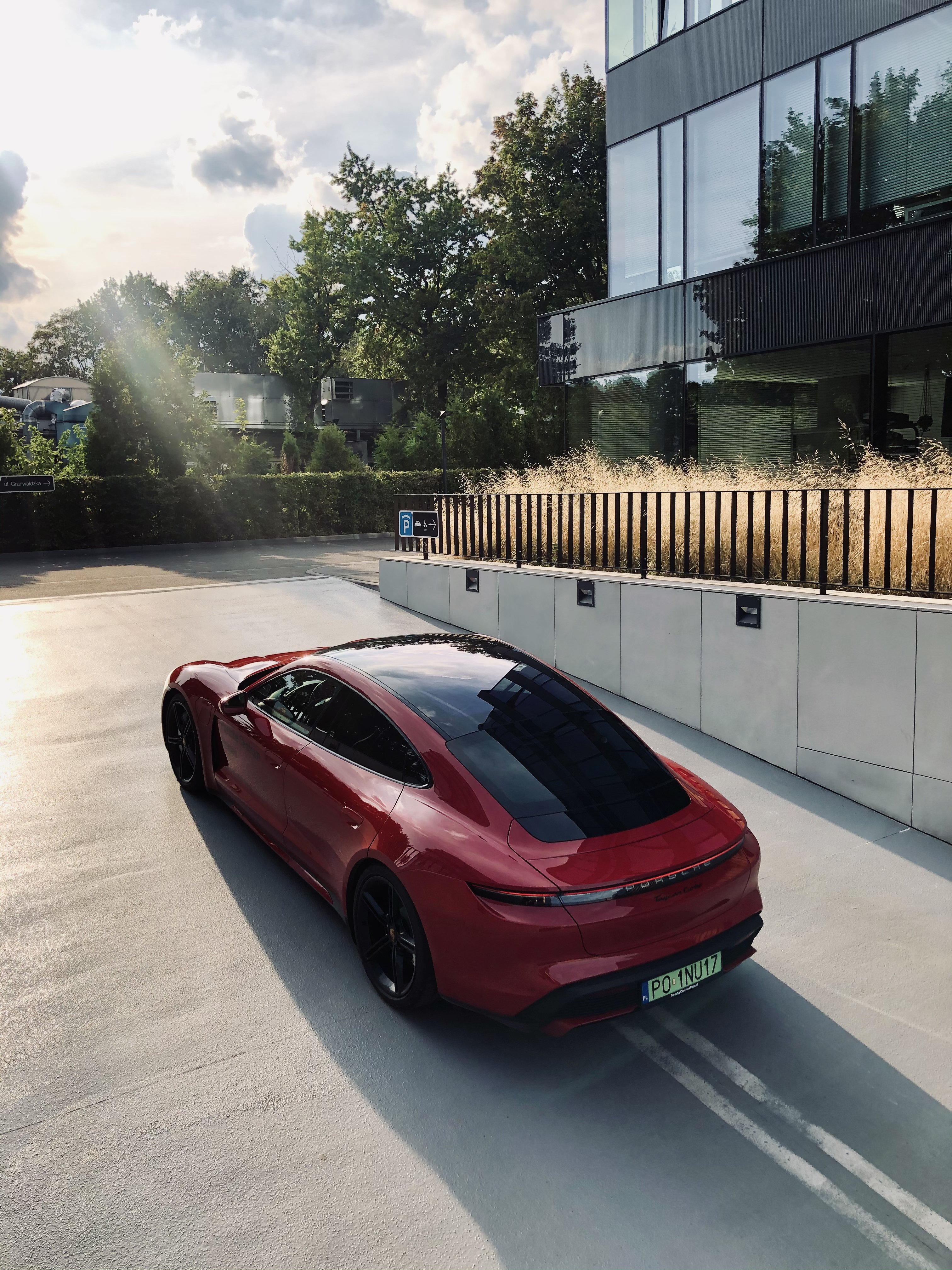
When scheduling a test drive of the Porsche Taycan Turbo, I thought I knew what to expect – the Germans took Tesla’s challenge seriously, and they wouldn’t be themselves if they didn’t build a better electric car. I had driven a Tesla Model S, and to put it briefly, apart from the joy of instant acceleration to 100 km/h, the car disappointed me with its lack of power above 100 km/h, poor build quality, and sluggish, unresponsive handling. Adding to that, the very weak brakes resulted in a rather unimpressive experience. Even from a design perspective, it’s nothing special. In summary, apart from acceleration, the car had nothing exciting to offer.
Tesla set the bar high (mainly thanks to its fan base) in the "electric car" category. However, in the broader category of "cars," when compared to internal combustion engine vehicles, I don’t see anything special about it—certainly nothing related to a true sports car. I’m sticking with gasoline.
I thought Porsche would surely make a faster car, but it couldn’t possibly overcome the high weight, unusual weight distribution, or all-wheel drive setup. However, what I experienced during the test exceeded my expectations. And by a lot.
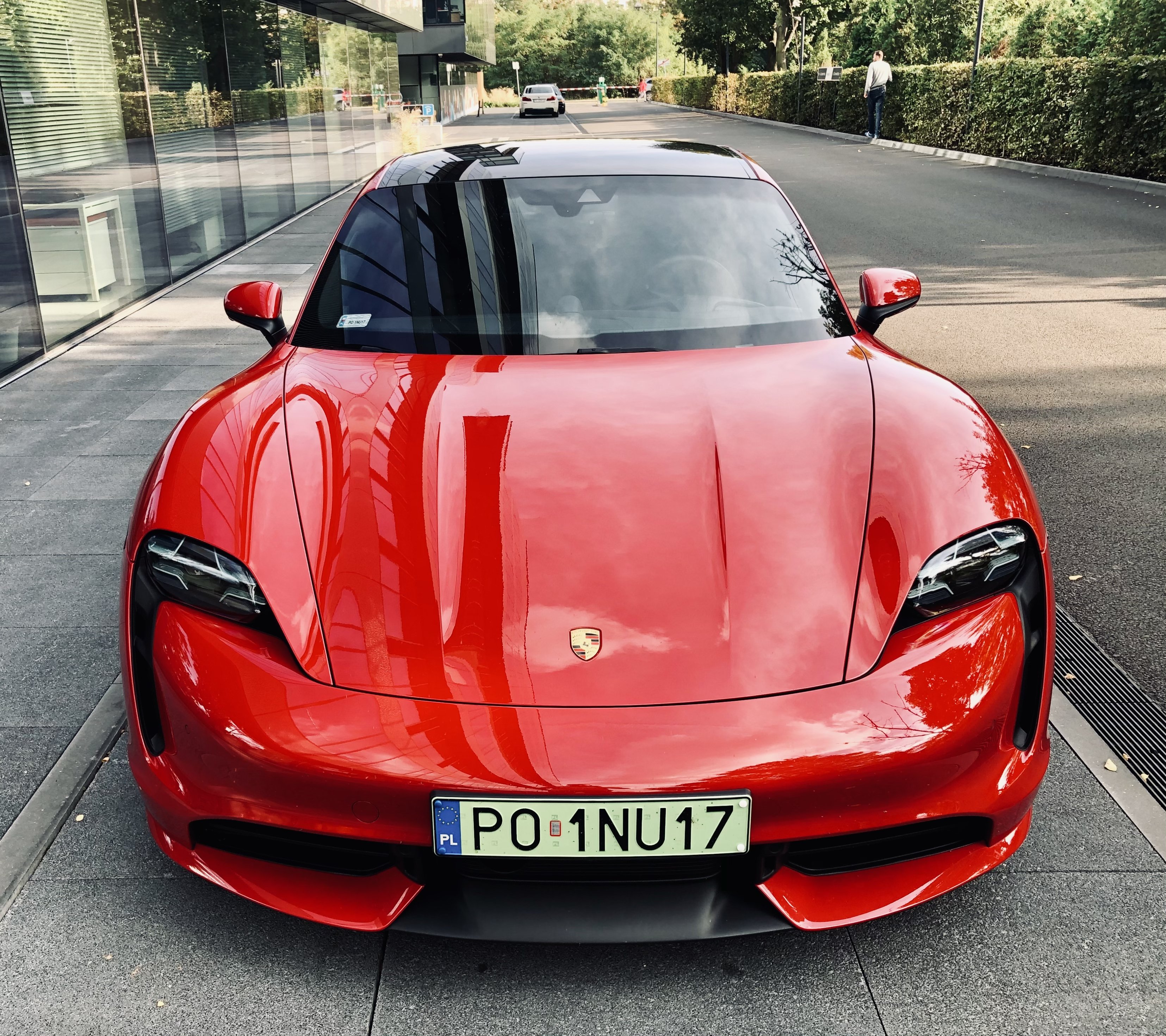
One of the reasons why the Taycan Turbo is such an exceptional machine is its specifications. For context:
- 460 kW, or 625 HP (with a temporary boost to 680 HP)
- 850 Nm of torque (available instantly, of course)
- Weight: 2,305 kg
- Acceleration: 0-100 km/h in 3.2s (0-60 mph in 3.0s)
- Range: 380-450 km
- All-wheel drive
- 2-speed gearbox
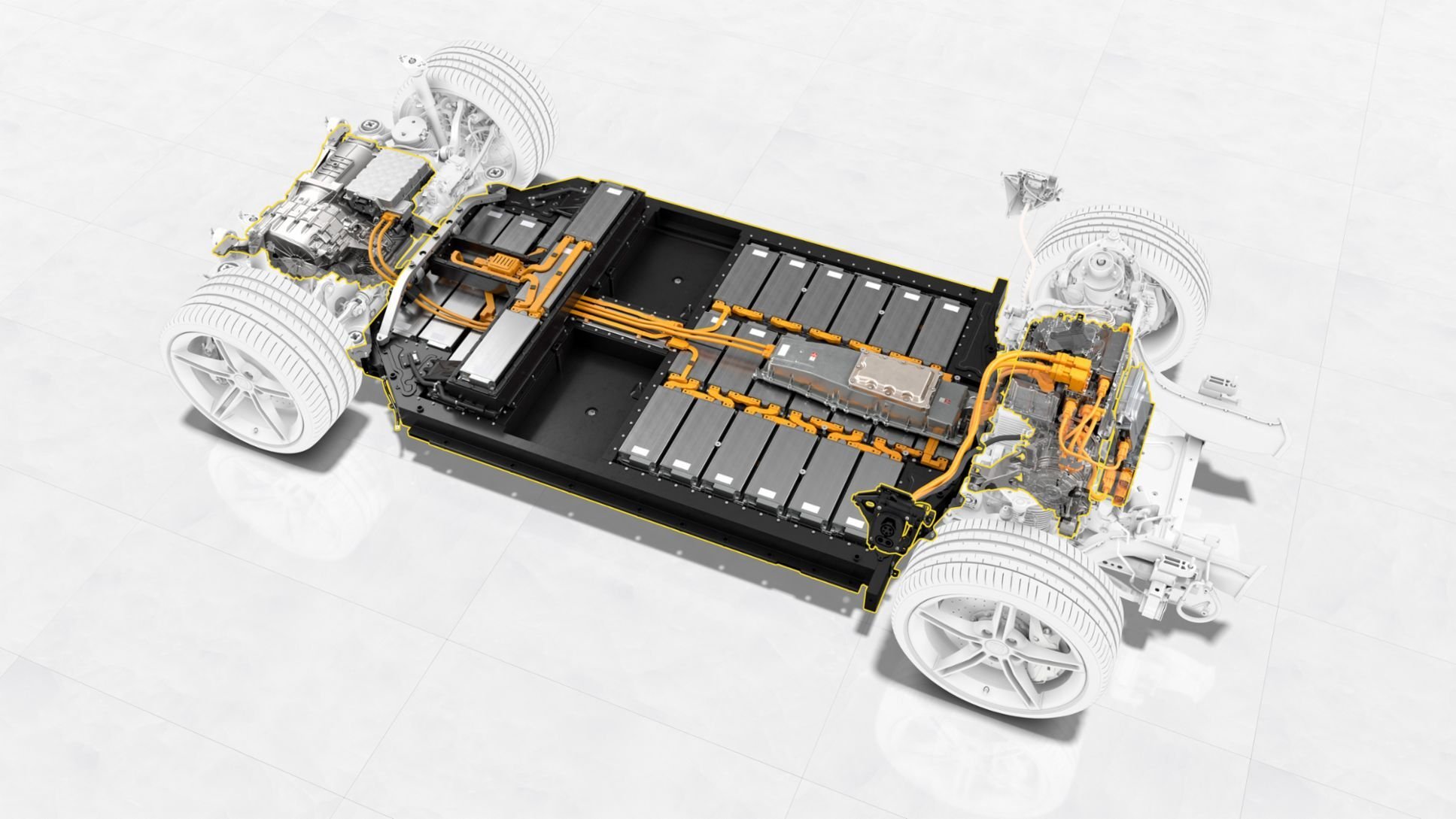
The specs are impressive, and after calculating the power-to-weight ratio, it turns out to be 271 HP per 1000 kg—the same as a stock Nissan GT-R R35. The GT-R has been around for a few years now and is considered a heavy car, but one that moves with remarkable agility.
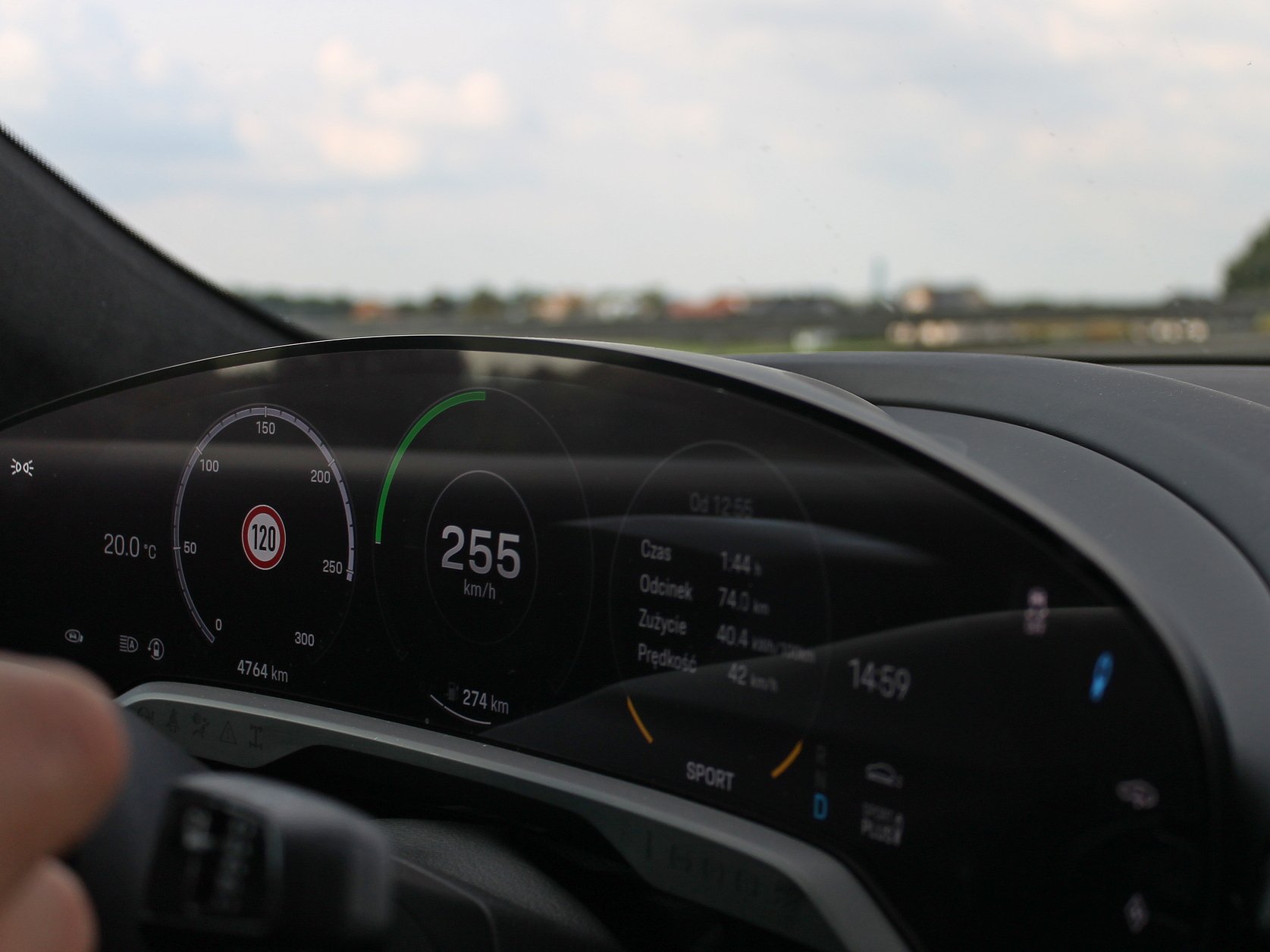
The secret to the drivetrain's efficiency lies in its 800V electrical system. This allows for better energy management, lighter wiring, and high performance—not just while driving. Charging enough for 320 km of range takes about 20 minutes using a 270 kW charger. Additionally, the Taycan can recover up to 265 kW of kinetic energy, converting it into potential energy that is fed back into the batteries.
In a car the size of a BMW 5 Series, Porsche has packed two electric motors from the 919 race car. Thanks to the use of permanent magnet synchronous motors, the manufacturer has achieved an impressive power density for an electric vehicle. Ensuring excellent handling is the Torque Vectoring system (PTV Plus), along with electromechanical roll stabilization and adaptive air suspension.
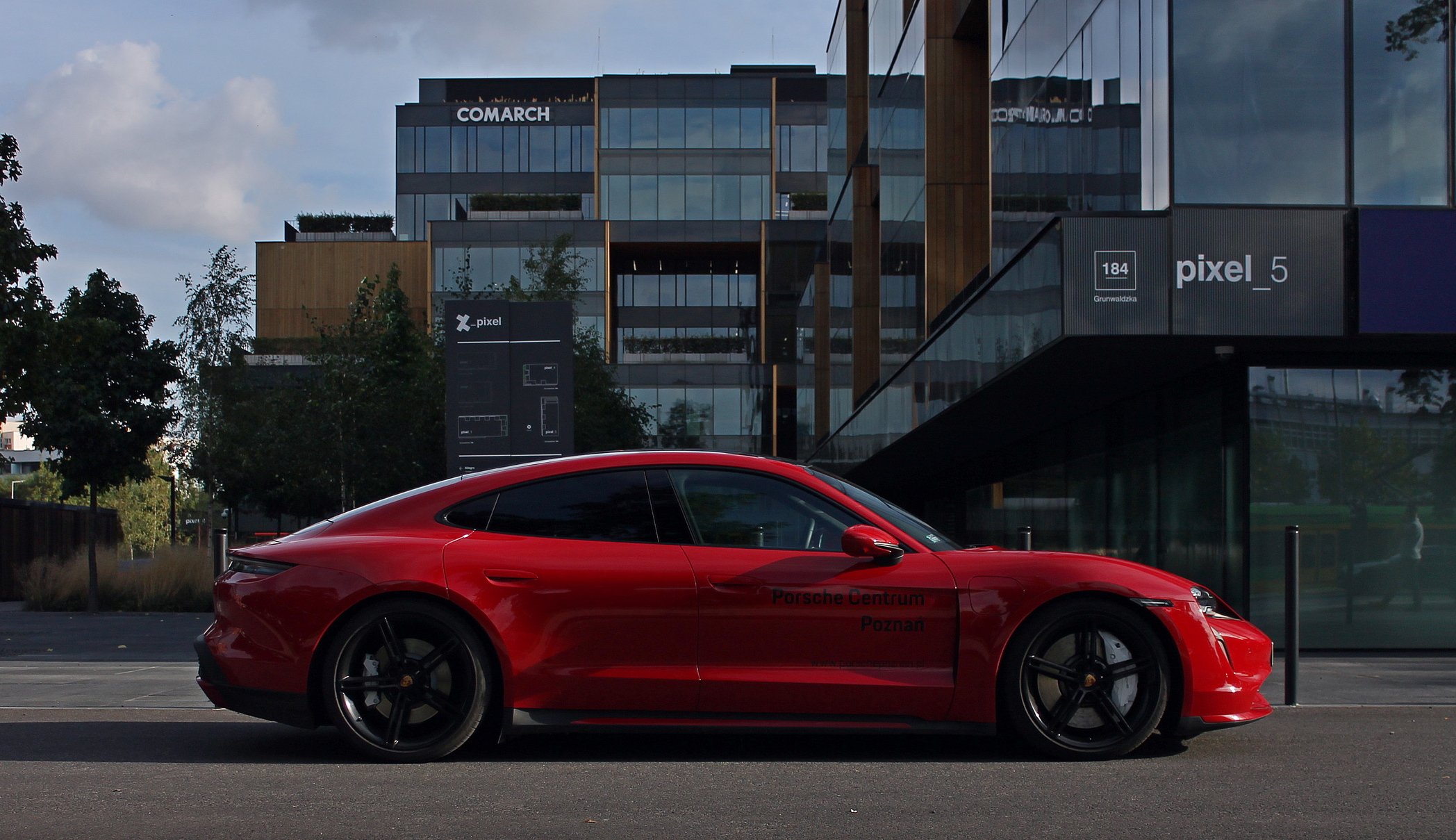
With a drag coefficient (Cd) of 0.22, the Taycan is the most aerodynamic Porsche ever made. Thanks to its flat underbody, active aerodynamic elements, and specially designed wheels, the car slices through the air effortlessly, conserving energy needed to generate immense acceleration forces.
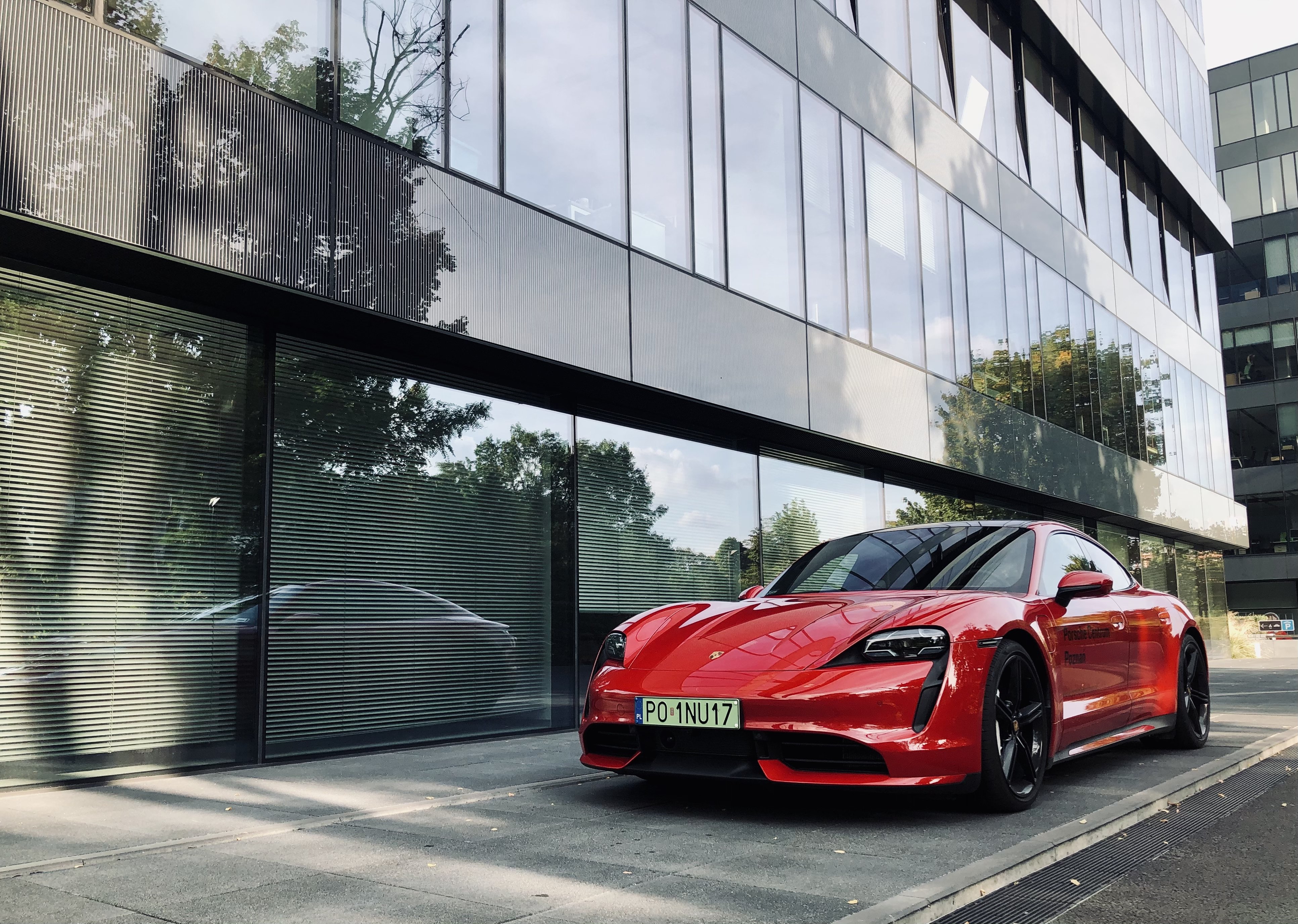
Once again, Porsche transfers racing technology into road cars. The electric drivetrain, perfected in the 919, has resulted in a technological leap for mass-produced vehicles. As a result, Porsche has created a powertrain that embodies the characteristics of an electric sports car—delivering impressive performance repeatedly, without overheating, without failures, and with consistent power output. No need for cooling breaks.
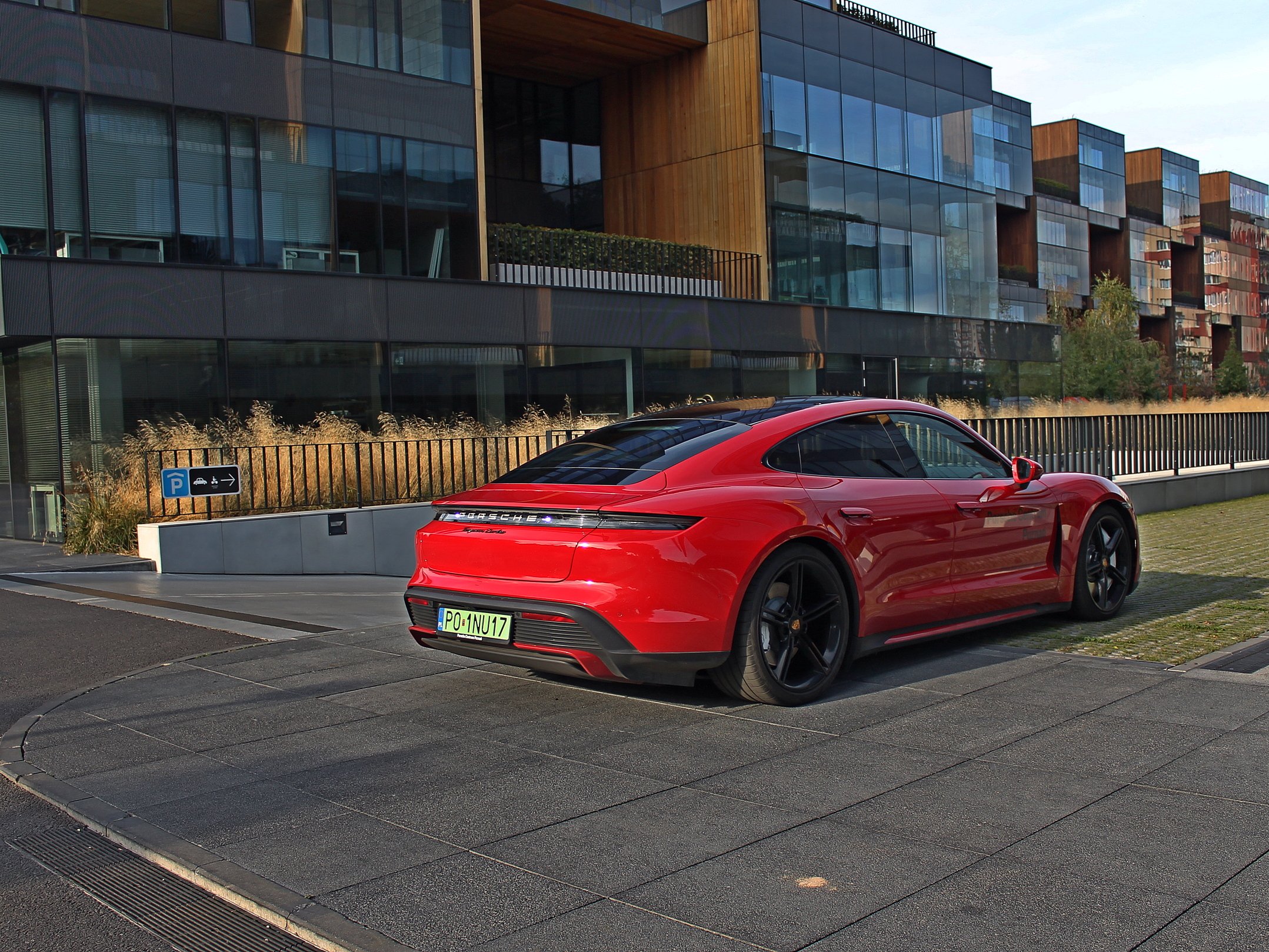
At first contact, the most striking aspect is the brutal acceleration, stemming from an immense, seemingly endless power reserve. To grasp just how violently the Taycan gains speed, it should be compared to a 1,000cc+ sport motorcycle. Until now, only on a bike had I experienced such an explosive surge.
Driving it requires a motorcycle-like mindset—looking far ahead, thinking for everyone, and predicting every possible scenario on the road. No one expects a car to launch forward with such force. Things happen so quickly that using the left foot for braking starts to make sense. With instant throttle response, no turbo lag, and no need for rev-building, braking needs to be just as immediate—moving your foot between pedals disrupts the rhythm and dampens the car’s flow.
Add to that impressive power density, and the car just doesn’t want to stop accelerating. Thanks to the two-speed gearbox, just when you think the pull is fading, you feel the shift, and the fun starts all over again.
The Taycan is so relentlessly effective that after a few hours of intense driving, you physically feel exhausted, and your internal organs ache from the brutal G-forces. This is not just another urban eco-car—it’s a serious, high-performance machine.
Another thing that left a huge impression on me is how the Taycan changes direction. Despite weighing 2,300 kg, the car feels lively and responsive to driver inputs. Transitioning from a sharp right-hander to a left-hand turn feels surprisingly similar to a sports sedan with perfect weight distribution, like a BMW M3. The front end follows the line without a hint of understeer, and the body stays composed, shifting weight from side to side in a controlled, stiff, and confidence-inspiring manner. This is something entirely new for an electric car—other EVs tend to float around like they’re suspended on gelatin.
Before driving the Taycan, I was convinced that such a heavy car had no chance of handling this well.
The braking system also deserves praise. The test car had conventional steel discs, which performed flawlessly during both spirited driving and acceleration tests. The regenerative braking system can be completely turned off for an even more natural driving feel. While I have no complaints about the braking performance, those who want even more stopping power can opt for ceramic brake discs.
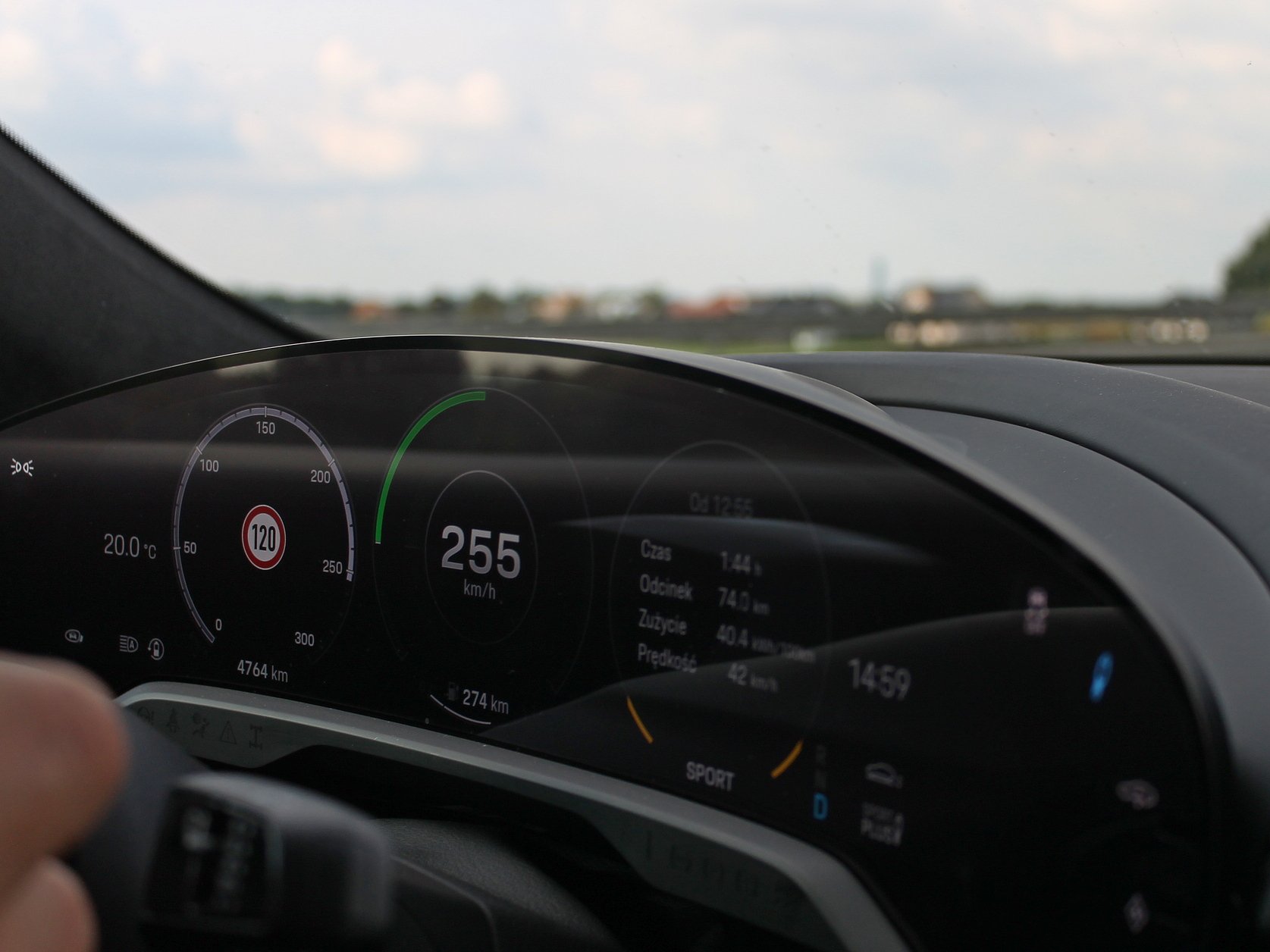
In my opinion, the Taycan is the best-designed and best-handling production electric car ever made. It meets all my road behavior requirements as a driver and provides a lot of driving pleasure. It is a perfect example that even if internal combustion cars are phased out, electroheads will still be able to enjoy exciting cars. I really regret that I didn’t have the chance to test it on a closed track to fully experience its capabilities without the intervention of electronic restraints. Unfortunately, on public roads, I couldn't afford to turn them off. It's a bit like keeping an F16 in your garage and taking off from a residential area.
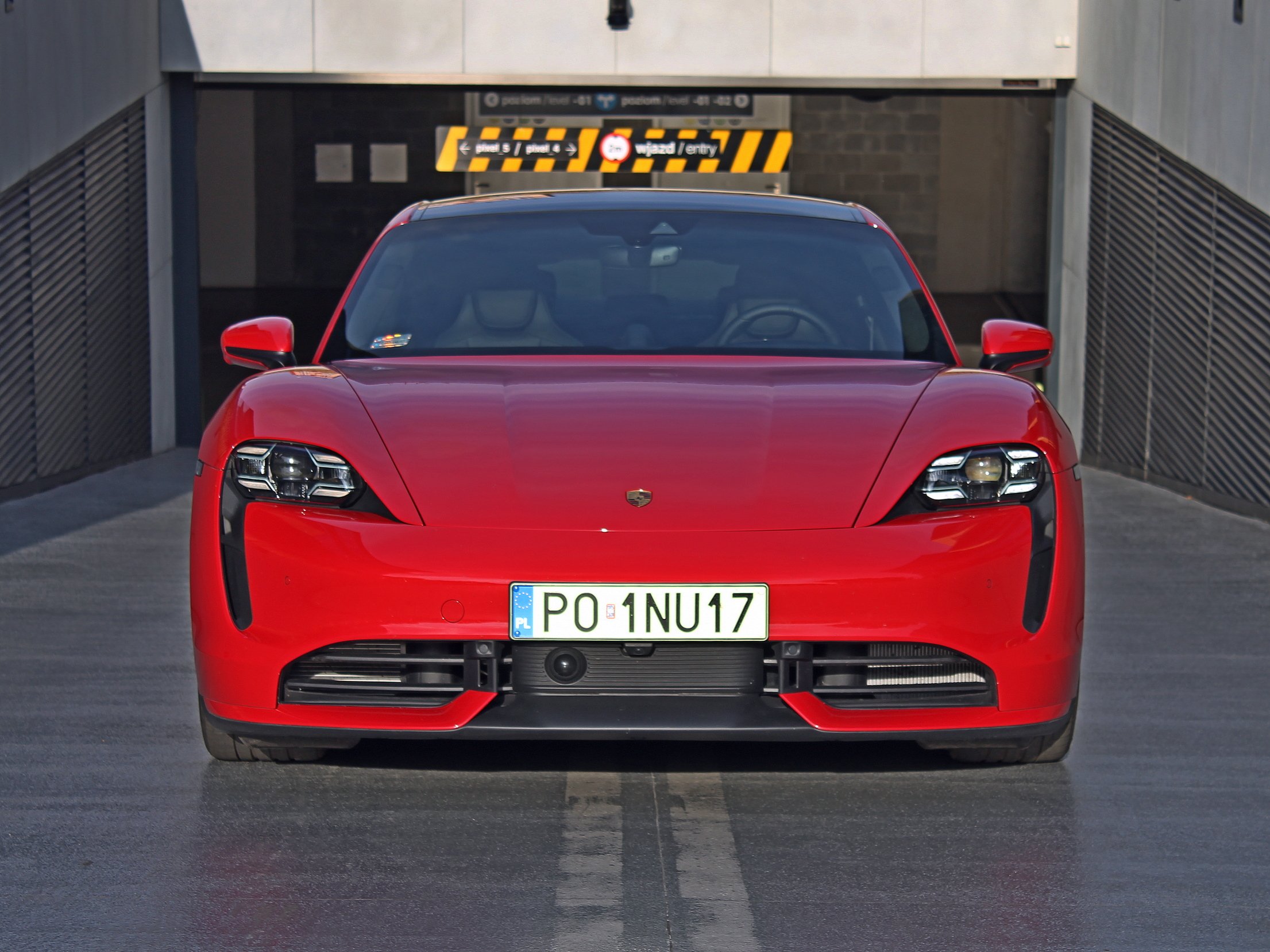
For electric cars to gain a larger group of supporters—especially those who want to drive and enjoy the experience rather than engage autopilot and jump into the back seat—they need to be cheaper, lighter, and have a greater range. The key to success will be lighter and more efficient batteries—unfortunately, the current systems don’t work well in cars. To sum up, the Taycan Turbo is absolutely exceptional and the first electric car so refined, focused on driving dynamics. I highly recommend taking a test drive in this car whenever the opportunity arises—it’s a unique experience that everyone should try!
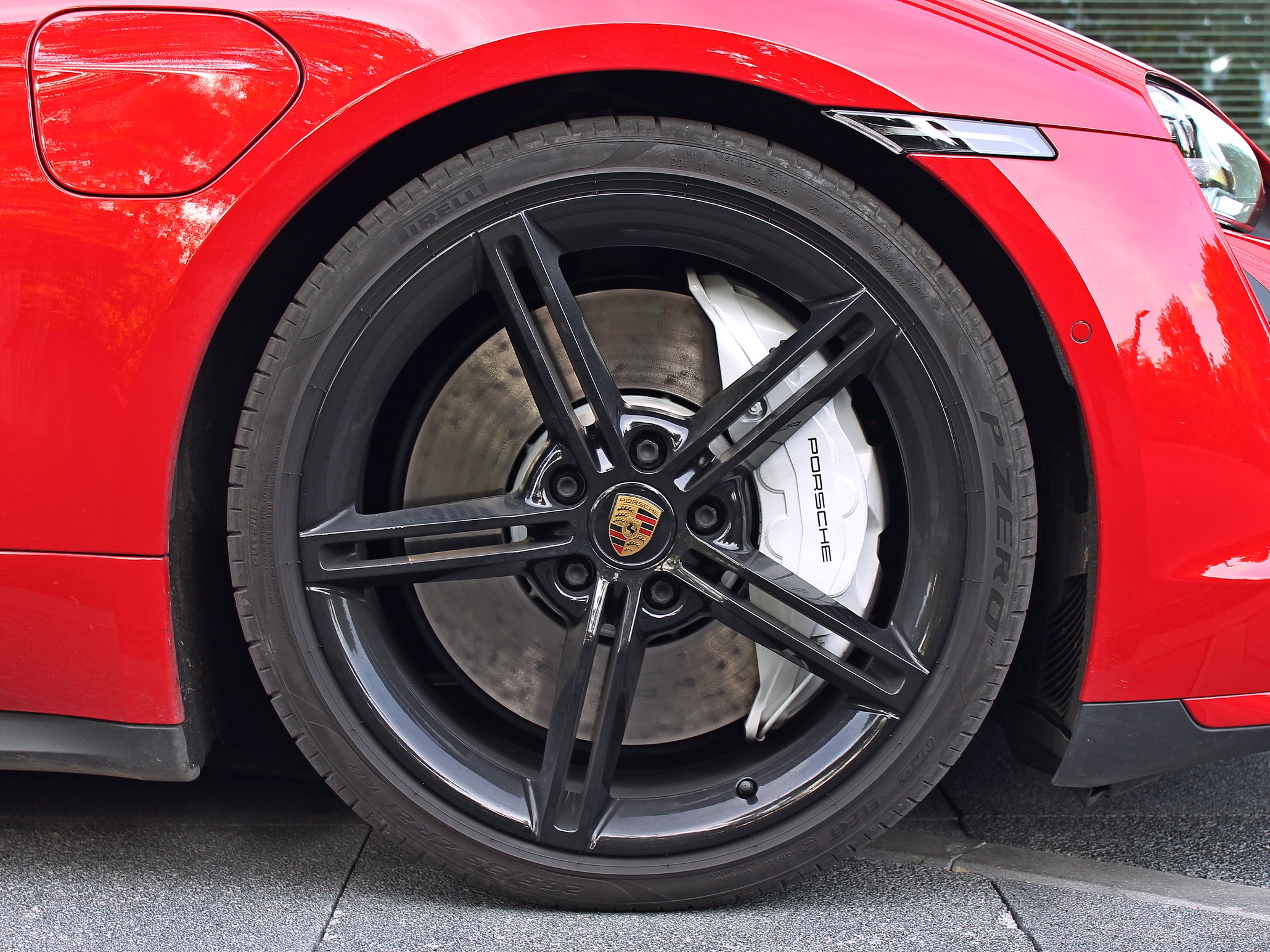
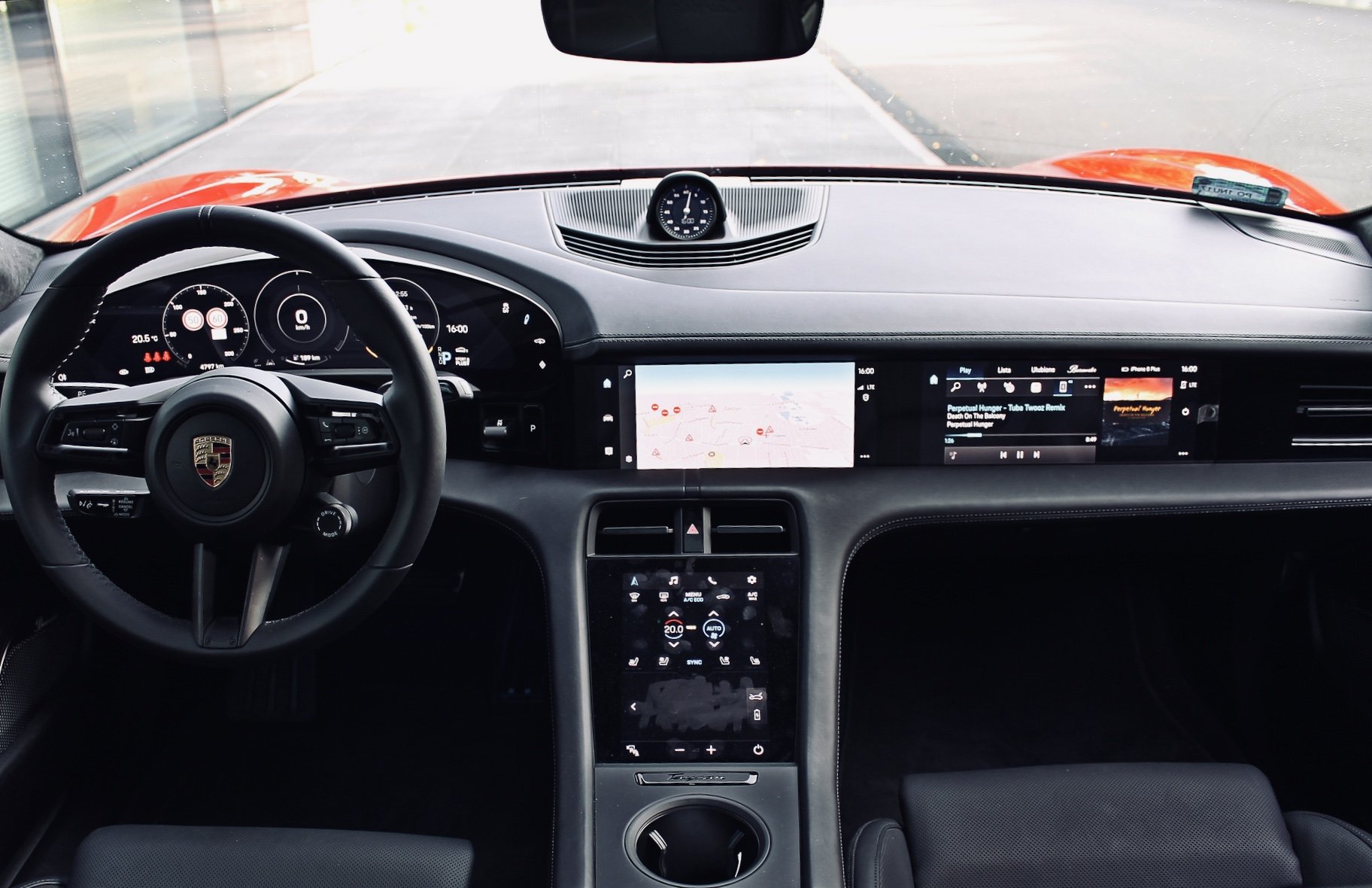
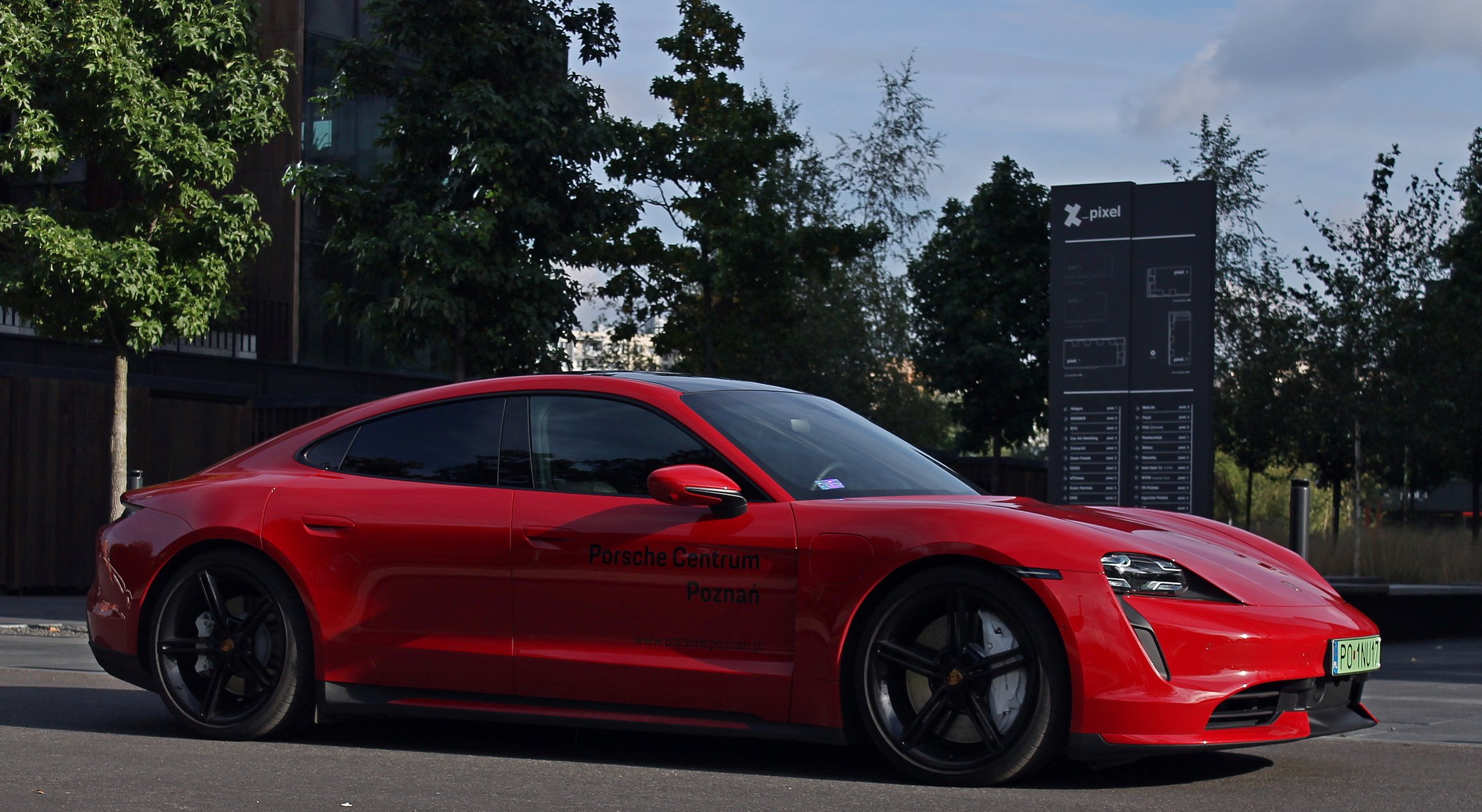
Photos:
- Adam Passon
